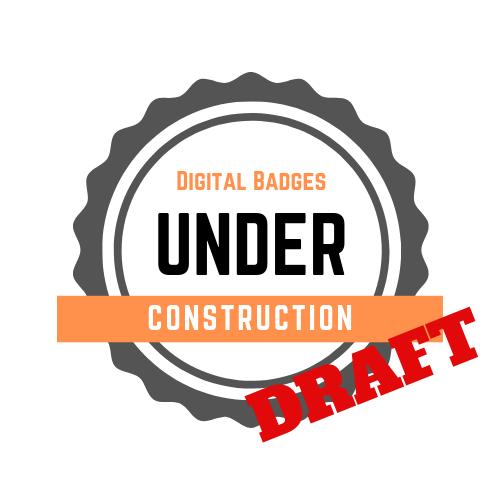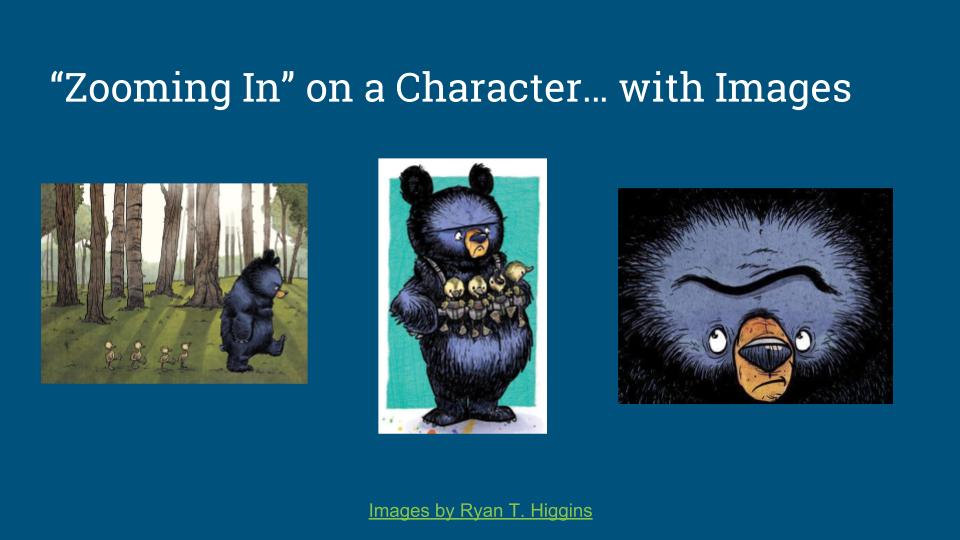With the magic of RSS and automated workflows, the daily newsletter has become a tool for many businesses, organizations, and individuals to update their followers. There are countless numbers of these newsletters, and just as many opinions about whether or not they are effective. For the moment, I’ll leave those debates to others and say that, for me, a small number of daily newsletters from a few trusted ed tech individuals helps me stay on top of ed tech and literacy trends. (I’ll discuss organizational email updates/newsletters in a later post.)
There are two that I will focus on for this post, one an ed tech advocate (Tony Vincent) and one an ed tech skeptic (Stephen Downes). This brings (some) balance to my daily perspectives on ed tech, and it is interesting to think about how each blogger approaches the task of creating the newsletter. It also raises important questions for me about the diversity of ed tech opinions that I get exposed to on a regular basis, and reminds me that I need to pop my filter bubbles from time to time. Still, these are two newsletters that represent my daily intake, and I want to explain how I read each one.

To begin, Vincent’s Nuzzel Newsletter, much like my own, appears to be an automated collection of his own blog posts and other items that he has accessed via social media. According to Nuzzel, the services offers “personalized news discovery and curated newsletters for busy professionals, via web, mobile apps, messaging bots, and email newsletters.”
When I first started using Nuzzel two years ago (first issue: 12/31/16), I took time each night to actively curate my own newsletter, prioritizing specific news items and adding (light) commentary. Since then, I’ve fallen off the wagon, and the issue auto-generates. I do get some feedback from colleagues who subscribe, so I know that what I share matters, and this exercise again reminds me that we are all constantly creating digital identities, and I need to remember that Nuzzel is part of mine.
Back to Tony Vincent’s newsletter as an example… as a fifth grade teacher and ed tech advocate, I do subscribe to his newsletter and have it delivered to my inbox each day. While I could, potentially, go into the Nuzzel app or have a tab open in my browser for daily check-ins, I still live my daily work life via Gmail, so having the newsletter pop up in my inbox makes it real. The snapshot below gives a sense of what the newsletter looks like (though this is the web version, from the link I clicked on the email version). A few points to note, many of which might be obvious, but are important to consider from both UX and “reading strategy” perspectives.
The role of the hyperlink to the original article, the name of the original source, the date, and the image all appeal to the reader in terms of basic reading and skimming strategies. If I were looking at a newspaper or a non-fiction book, these would be the types of things that my eye would be drawn to, and the types of things that we would instruct students to look for, too. By having the date of initial publication for each item, I can make some quick judgments about currency (though “older” does not always mean worse, or better). Also, by clicking on the link (from email at least), a new tab pops open. This isn’t quite the same when reading from the “web” version, as it moves from the Nuzzel page to the link in the same tab. Multiple tabs… yet another strategy that I employ when reading (and something I could force using an extension if I wanted to mess with it).
Back to the content of the newsletter. Vincent sometimes has references to his own blog, and other items are posted without commentary. Again, I can’t throw stones here, because my Nuzzel feed is similar. Sometimes just having the links, without commentary, is enough. When I see that Vincent has posted a link to an article, and then I see that same link coming from others, I can make a judgment about whether I want to spend dedicated time reading it (as compared to just getting the snapshot view of it). So, reading his newsletter is a quick task, and I admit that I often don’t even scroll through it, just peeking at the top 2 or 3 articles mentioned. I am sure that readers of my newsletter may read in a similar manner.

By contrast, Stephen Downes (personal Twitter and OLDaily Twitter) offer me a different kind of insight on ed tech news. Though the scrolling screenshot here doesn’t really capture it all that well, you can see that Downes posts links to about 5 or 6 articles each day, but the text on the side is not an excerpt from the article itself. Instead, it is Downes’ commentary, which I find to be both humorous and insightful.
Clearly drawing from his critical and philosophical stance on ed tech, Downes shares his thoughts on almost anything even tangentially related to educational technology, including commentary on a commentary about the Netflix sensation, Bandersnatch:
Netflix’s Bandersnatch is an example of the branched scenario format that has been in use in e-learning for a number of years. They’ve done a very nice job of it, adding some new twists (such as remembering earlier chances to add variability (cereal choices, music choices) in later scenes. On the other hand, a lot of the choices felt forced, as the program kept directing me back to the main storyline. The article says there are five outcomes; maybe, but I would imagine we’re all getting more or less the same experience. Anyhow, good article on an interesting experiment.
Needless to say, I spend a bit more time on Downes’ newsletter each day, often popping open multiple tags in the process. How he is able to read — and write — so much each day is a bit beyond me, though it is aspirational (as I am aiming to reach a goal here in 2019!). Each newsletter does feel the same in the sense that the format remains consistent, but they are each unique. Because of his commentary, you can tell when he is feeling optimistic… and when he is feeling ornery.
In each case, I find value in the newsletters. Some days, even when opening the tabs to read later… well… I just don’t get a chance to read everything later. But, in conjunction with other reading that I will describe in my next few posts, these two types of newsletters provide me with a sense of the ed tech zeitgeist on a daily basis. I trust the sources, for different reasons, and value what each can offer.
With that, I am curious… what are the ed tech/digital literacy related newsletters to which you all subscribe?
What am I missing that I should be getting in my inbox each day?

This work is licensed under a Creative Commons Attribution-NonCommercial-ShareAlike 4.0 International License.
Photo by Mr Cup / Fabien Barral on Unsplash




 This past fall semester provided me with an opportunity to teach an undergraduate honors seminar, focused broadly on the role of technology in our personal and professional lives.
This past fall semester provided me with an opportunity to teach an undergraduate honors seminar, focused broadly on the role of technology in our personal and professional lives.








